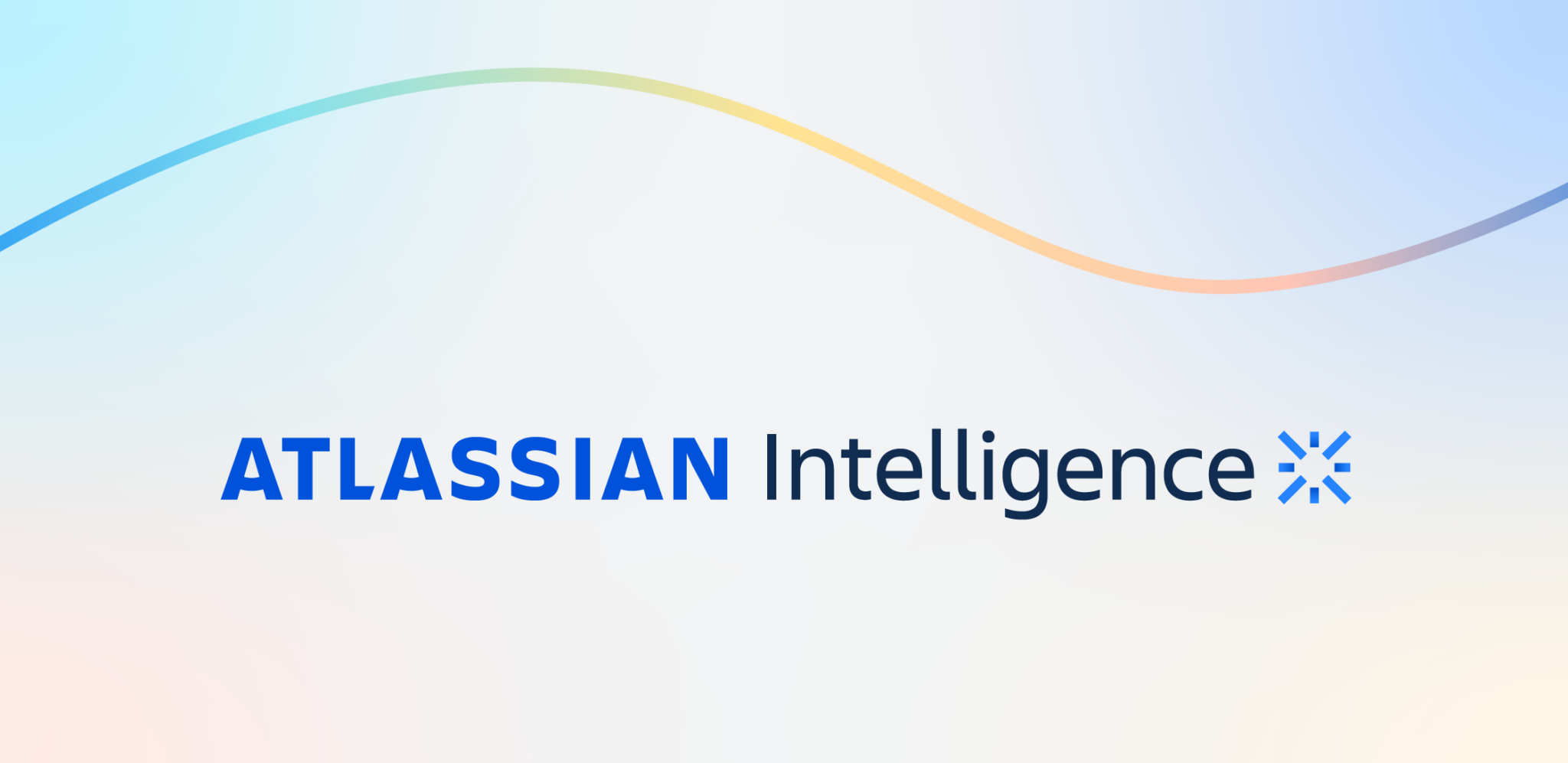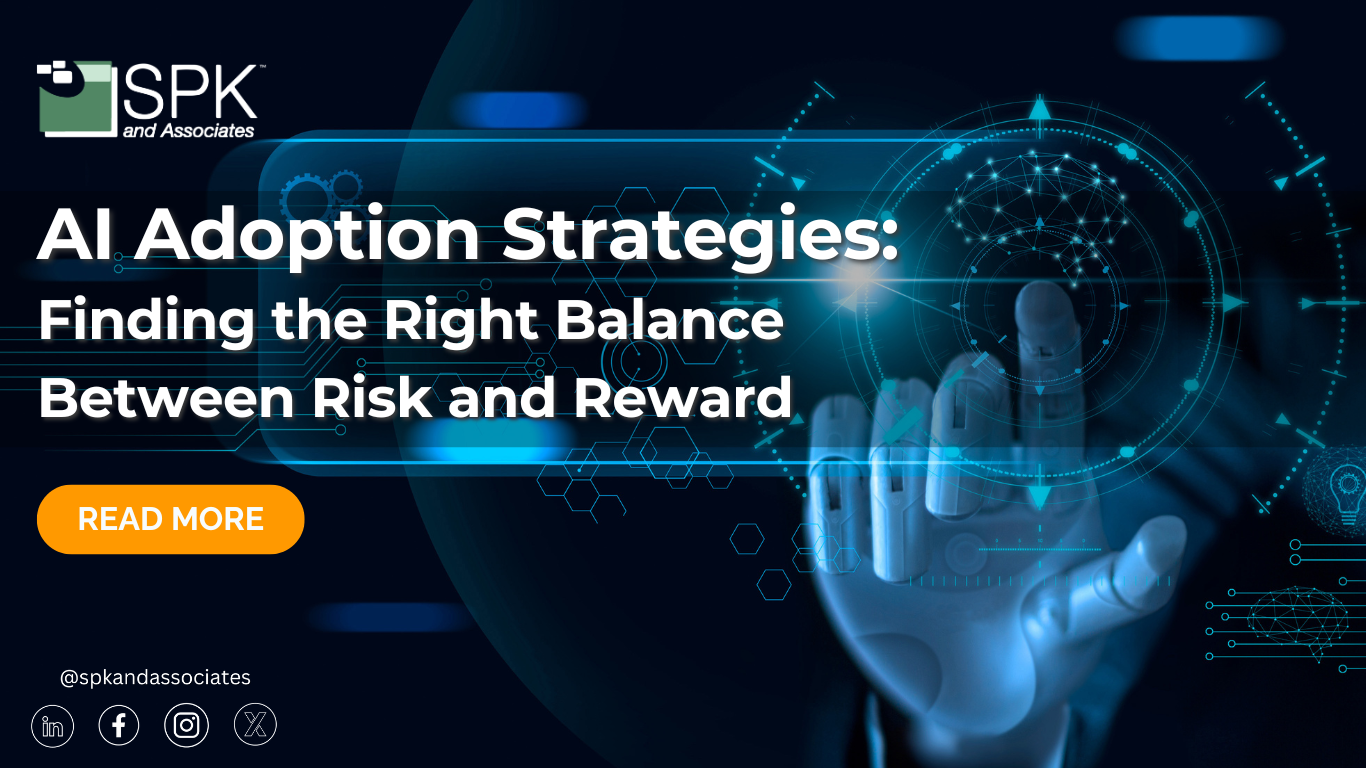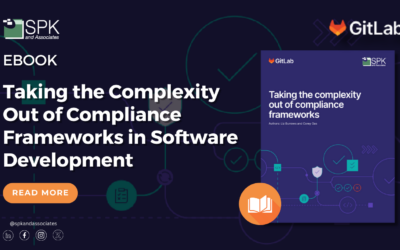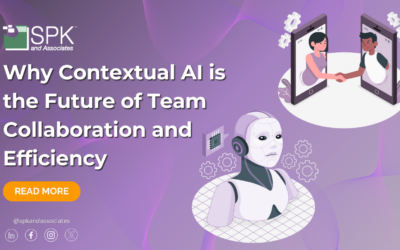The conversation around AI adoption speed often boils down to two opposing strategies: move fast and experiment, or proceed cautiously and wait for proven use cases. But what if the real key to success isn’t speed alone, but strategic adaptability?
In a world where AI innovation is outpacing enterprise adoption, companies must balance bold experimentation and risk mitigation. Instead of framing AI adoption as a binary choice—fast vs. slow—businesses should focus on an iterative approach that maximizes learning while minimizing wasted investment. Let’s explore some AI adoption strategies that ensure business success.
Common Risks in AI Adoption
AI adoption is not without its challenges. While the promise of AI is compelling, the risks, if unmanaged, can derail projects, damage reputations, and lead to regulatory or ethical fallout. Here are some of the most common risks organizations should address proactively.
“The pace of progress in artificial intelligence (I’m not referring to narrow AI) is incredibly fast. Unless you have direct exposure to groups like Deepmind, you have no idea how fast—it is growing at a pace close to exponential. The risk of something seriously dangerous happening is in the five-year time frame. 10 years at most.”
Data Quality and Availability
AI systems are only as good as the data they are trained on. Incomplete, biased, or unstructured data can lead to inaccurate predictions, poor decisions, or unintended consequences.
Bias and Fairness Issues
AI models can unintentionally perpetuate or amplify human biases present in training data. This can result in discriminatory outcomes, especially in areas like hiring, lending, and healthcare.
Security and Privacy Concerns
AI systems can be vulnerable to adversarial attacks or misuse of sensitive information. Ensuring compliance with data protection laws (like GDPR or HIPAA) is crucial, especially in regulated industries.
Lack of Transparency and Explainability
Many AI models function as “black boxes,” making it hard for users and stakeholders to understand how decisions are made. This can erode trust and hinder adoption.
Change Management and Talent Gaps
Without proper change management, AI initiatives can face resistance from employees who fear job displacement or lack the training to work with AI tools.
Overhyped Expectations
AI is powerful, but it’s not magic. Misalignment between executive expectations and actual capabilities can lead to disillusionment and project abandonment.
Mitigating these risks requires not just technical planning, but cultural alignment, governance frameworks, and education across the organization.
“The development of full artificial intelligence could spell the end of the human race….It would take off on its own, and re-design itself at an ever increasing rate. Humans, who are limited by slow biological evolution, couldn’t compete, and would be superseded.”
Building a Risk-Aware AI Strategy
New Angle: “Iterative AI Adoption – The Smart Middle Path”
Rather than looking at AI implementation as an “all-in” or “wait-and-see” decision, organizations can benefit from an incremental approach:
1. Start Small with Focused Use Cases – Identify low-risk, high-reward AI initiatives that can quickly demonstrate value. These are great because they can easily be told as internal stories of a problem that is solved by using AI.
2. Leverage Vendor Ecosystems – Instead of building from scratch, utilize AI features already embedded in platforms like Microsoft, Google, GitLab, Atlassian, and others. In many cases, your teams already have the AI capability in these tools but may not be using them or reporting the usage widely.



3. Adopt a Continuous Learning Mindset – AI is evolving rapidly. Companies that iterate, test, and refine will always stay ahead of the curve. Sometimes, some AI training can open up opportunities for innovation.
4. Ensure Human Oversight – Keep humans in the loop to validate AI outcomes before scaling solutions across the enterprise.
5. Prepare for Future Integration – Even if custom-built AI models may eventually be replaced by vendor solutions, early adoption builds internal expertise that will drive long-term success. Integrations, or “allowing internal LLMs to see your data,” will benefit from those integrations.
Why Adapting Your AI Strategy Matters
Many organizations hesitate between speed and caution, but the real advantage lies in calculated adaptation. By testing, learning, and evolving AI strategies, businesses can avoid the pitfalls of rushed adoption without falling behind competitors who are already realizing the benefits of AI-driven efficiencies.
Instead of asking “Should we move fast or slow?”, companies should be asking:
“How do we learn and adapt quickly while minimizing risk?”
This hybrid approach ensures that AI becomes a sustainable, value-driven asset, not just an experimental playground or a stalled initiative.
Rewarding AI Beneficial Outcomes
While it’s important to manage risks, it’s equally critical to celebrate and scale the wins. Successful AI initiatives don’t just solve technical challenges; they transform how work gets done and unlock new opportunities for growth.
Because AI can streamline repetitive tasks, leaders must reward teams that can help with operational efficiency. Teams that can streamline processes like data entry, invoice processing, or customer service triage help free up employees for higher-value work, reducing error rates.
The biggest value AI can provide is in the design or development of a product. Streamlining the time to market is a huge value. AI features have the capability for teams to explore more possibilities faster, shortening development cycles and time-to-market.
Another area of improvement for most companies is the ability to utilize the data in the organization to make better decisions. With AI-powered insights, organizations can make data-driven decisions that are faster, more accurate, and more consistent. Predictive models can help anticipate market trends, customer behavior, or maintenance needs.
An untapped area of AI usage is the ability for AI to help real-time personalization at scale, improving engagement, satisfaction, and loyalty of your customers. Whether in e-commerce, healthcare, or financial services, personalization to your internal end user or external customer can be a huge value.
Companies that use AI effectively can leapfrog competitors by offering smarter, faster, and more adaptive products and services. To capture these rewards, organizations should track and communicate outcomes internally, invest in upskilling, and continuously revisit and evolve their AI roadmaps.
Need Help Developing an Artificial Intelligence Strategy?
AI is no longer a distant frontier—it’s here, reshaping industries and redefining how businesses operate. With rapid innovation comes the need for thoughtful adoption. Striking the right balance between risk and reward isn’t about moving fast or slow, but instead, moving smart. By taking an iterative, risk-aware approach, organizations can unlock the full potential of AI while staying aligned with compliance, ethics, and business objectives.
At SPK and Associates, we specialize in helping companies like yours build practical, scalable AI adoption strategies that drive real business value. Whether you’re just getting started or looking to expand your current initiatives, our team is here to guide you every step of the way. Contact our team today to begin building your AI adoption journey.










